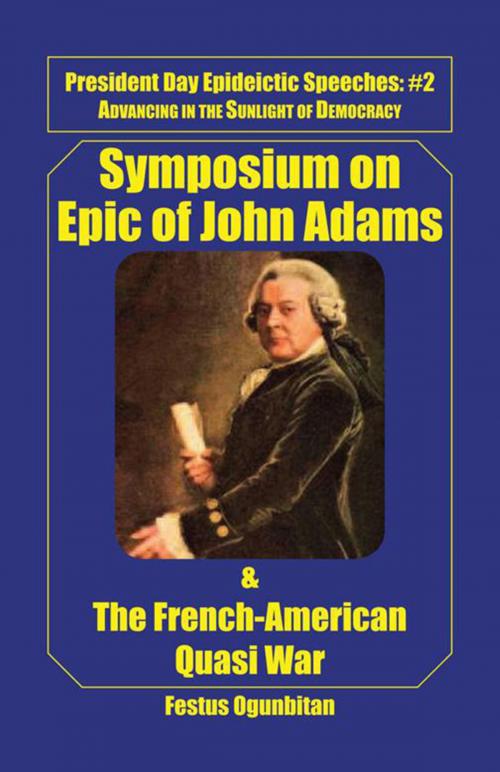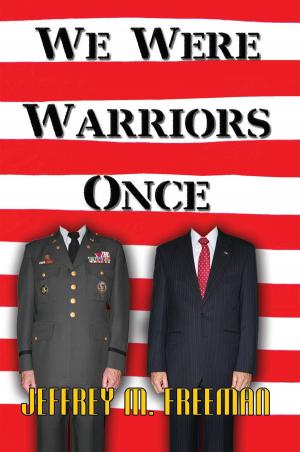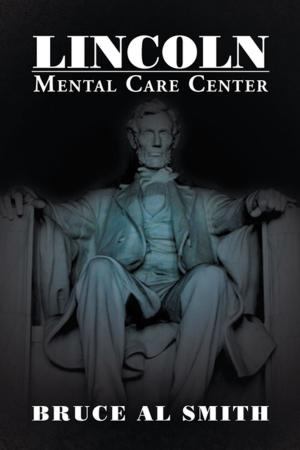| Author: | Festus Ogunbitan | ISBN: | 9781483619743 |
| Publisher: | Xlibris US | Publication: | April 30, 2013 |
| Imprint: | Xlibris US | Language: | English |
| Author: | Festus Ogunbitan |
| ISBN: | 9781483619743 |
| Publisher: | Xlibris US |
| Publication: | April 30, 2013 |
| Imprint: | Xlibris US |
| Language: | English |
Epic of John Adams is a symposium adaptation of the life and times of our nations second president, and especially his political efforts in the Quasi-War between the United States and the French Republic from 1798 to 1800. The Kingdom of France had been a crucial ally of the United States in the American Revolutionary War from the spring of 1776, and had signed in 1778 a Treaty of Alliance with the United States of America. But in 1794 after the French Revolution toppled that countrys monarchy, the American government came to an agreement with the Kingdom of Great Britain, the Jay Treaty, which resolved several points of contention between the United States and Great Britain. The U.S. refusal to continue repaying its debt to France on the grounds that the debt had been owed to the French Crown, and not to the Republican France led the French to an outrage against the United States. French privateers began seizing American ships trading with Britain, and refused to receive the new United States minister Charles Cotesworth Pinckney when he arrived in Paris in December 1796. In his annual message to the Congress at the close of 1797, President John Adams reported on Frances refusal to negotiate and spoke of the need "to place our country in a suitable posture of defense." In April 1798, President Adams informed Congress of the "XYZ Affair" in which French agents had demanded a large bribe (#250,000) for the restoration of diplomatic relations with the United States. Increased depredations by privateers from Revolutionary France required the rebirth of the United States Navy to protect the expanding American merchant shipping. Congress authorized the president to acquire, arm, and man not more than 12 vessels, of up to 22 guns each. Several vessels were immediately purchased from Great Britain, and converted into ships of war. Captain Thomas Truxtuns insistence on the highest standards of crew training paid dividends as the frigate USS Constellation captured the Frenchs LInsurgente and severely damaged their La Vengeance. French privateers usually resisted, as did upon USS La Croyable, which was captured on July 7, 1798. La Croyable departed Norfolk on October 28, 1798 with USS Montezuma and USS Norfolk, and cruised the West Indies protecting American commerce. On November 20, 1798, the French frigates LInsurgente and LVolontaire overtook La Croyable while her consorts were away, and forced commanding officer Lieutenant William Bainbridge to surrender the out-gunned schooner. Montezuma and Norfolk escaped after Bainbridge convinced the senior French commander that those American warships were too powerful for his frigates and persuaded him to abandon the chase. By the autumn of 1800, the United States Navy, and the Royal Navy combined with a more conciliatory diplomatic stance by the government of First Consul Napoleon Bonaparte, had reduced the activity of the French privateers and warships. The Convention of 1800, signed on September 30, ended the Franco-American War. Unfortunately for President Adams, the news did not arrive in time to help him secure a second term in the 1800 presidential election.
Epic of John Adams is a symposium adaptation of the life and times of our nations second president, and especially his political efforts in the Quasi-War between the United States and the French Republic from 1798 to 1800. The Kingdom of France had been a crucial ally of the United States in the American Revolutionary War from the spring of 1776, and had signed in 1778 a Treaty of Alliance with the United States of America. But in 1794 after the French Revolution toppled that countrys monarchy, the American government came to an agreement with the Kingdom of Great Britain, the Jay Treaty, which resolved several points of contention between the United States and Great Britain. The U.S. refusal to continue repaying its debt to France on the grounds that the debt had been owed to the French Crown, and not to the Republican France led the French to an outrage against the United States. French privateers began seizing American ships trading with Britain, and refused to receive the new United States minister Charles Cotesworth Pinckney when he arrived in Paris in December 1796. In his annual message to the Congress at the close of 1797, President John Adams reported on Frances refusal to negotiate and spoke of the need "to place our country in a suitable posture of defense." In April 1798, President Adams informed Congress of the "XYZ Affair" in which French agents had demanded a large bribe (#250,000) for the restoration of diplomatic relations with the United States. Increased depredations by privateers from Revolutionary France required the rebirth of the United States Navy to protect the expanding American merchant shipping. Congress authorized the president to acquire, arm, and man not more than 12 vessels, of up to 22 guns each. Several vessels were immediately purchased from Great Britain, and converted into ships of war. Captain Thomas Truxtuns insistence on the highest standards of crew training paid dividends as the frigate USS Constellation captured the Frenchs LInsurgente and severely damaged their La Vengeance. French privateers usually resisted, as did upon USS La Croyable, which was captured on July 7, 1798. La Croyable departed Norfolk on October 28, 1798 with USS Montezuma and USS Norfolk, and cruised the West Indies protecting American commerce. On November 20, 1798, the French frigates LInsurgente and LVolontaire overtook La Croyable while her consorts were away, and forced commanding officer Lieutenant William Bainbridge to surrender the out-gunned schooner. Montezuma and Norfolk escaped after Bainbridge convinced the senior French commander that those American warships were too powerful for his frigates and persuaded him to abandon the chase. By the autumn of 1800, the United States Navy, and the Royal Navy combined with a more conciliatory diplomatic stance by the government of First Consul Napoleon Bonaparte, had reduced the activity of the French privateers and warships. The Convention of 1800, signed on September 30, ended the Franco-American War. Unfortunately for President Adams, the news did not arrive in time to help him secure a second term in the 1800 presidential election.















